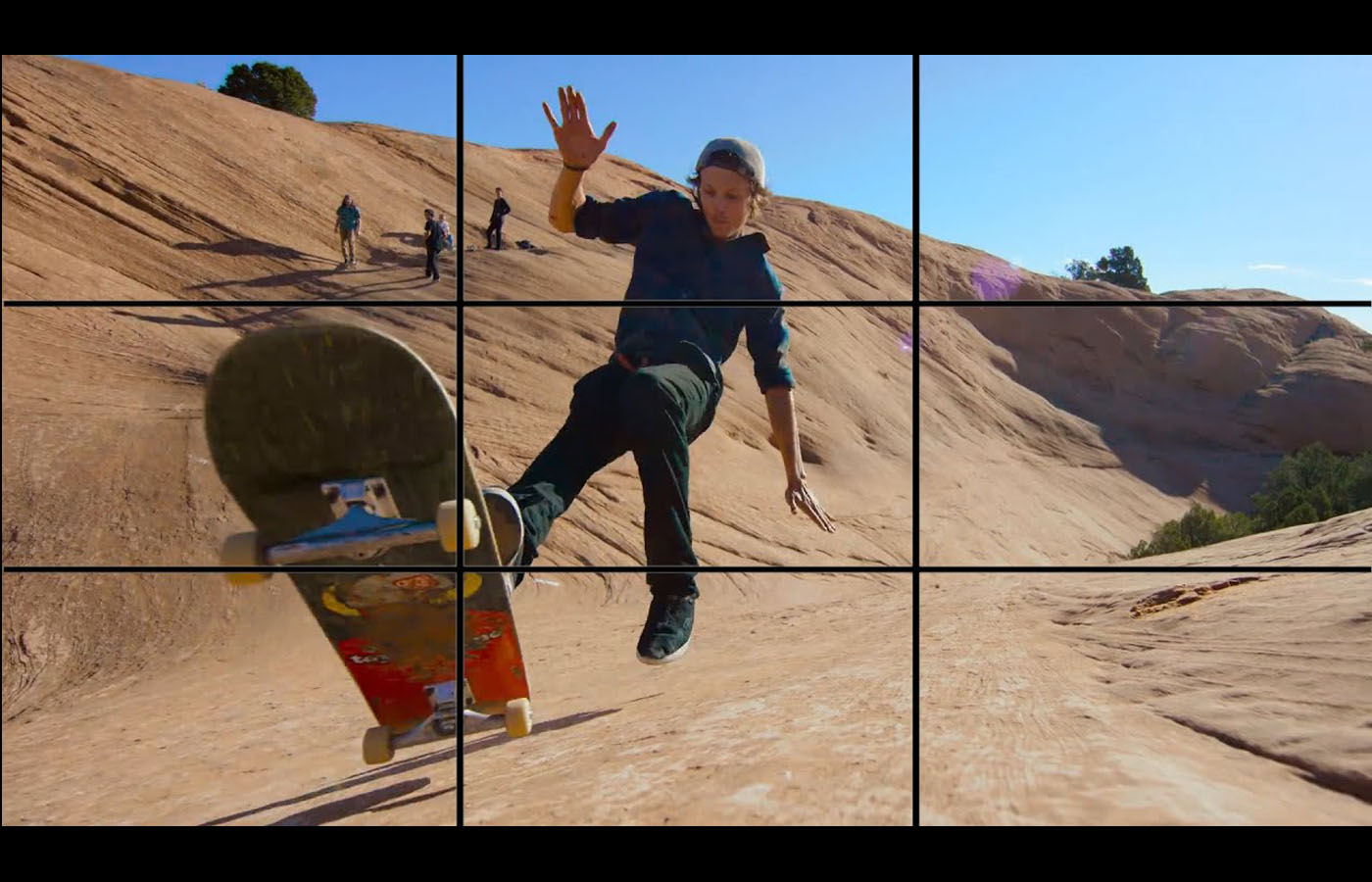Many mobile phones today have decent quality cameras, if not exceptional ones. With a mobile phone in the hand of almost everyone today, understanding how to take good photography has never been more important. And when you throw in the social media aspect of posting, it’s probably best to take a few minutes to learn some of the basics taking good photographs.
Even if you are an amateur and are considering investing a better camera, the rule of thirds is one of the most basic framing principles of photography. Following this simple technique can yield better images – ones that you and your friends will actually enjoy looking at – standing up to the test of time.
I see it time and time again while going through my Facebook feed … friends posting not one, not two, but a ton of images that, in truth, are not very good. This is an unfortunate fact because it causes me to scroll by their posts at a record rate. Just looking at an awful image can make my head ache – and I need to swiftly get those images off my screen.

Even good photographers use the Rule of Thirds
I know some great photographers. Many of these individuals have been born with natural talent for the art form. However, if you do not consider yourself one of those types, there’s still hope for those of us without photographic prowess. Even if you are a good photographer, chances are your interest led you to study the craft and learn useful tips and tricks in the process, such as using the Rule of Thirds – thereby making you an even better photographer.
Even the best photographers understand that a correctly framed composition can make or break an image. You’re after balance and emphasizing the most interesting details – it’s all in the mind and how the eye moves through the frame.
Understanding the Rule of Thirds

So never fear, good photography skills can be picked up. A good place to start is to understand the rule of thirds. An easy thing to do is to turn on the rule of thirds grid option found in most digital cameras and mobile phones today. So, if you need help visualizing your screen divided into thirds – turn on the grid baby.
If you have any doubt at all about the composition of something, go with the rule of thirds in order to get a best-case scenario out of your image. And the nice thing about using the Rule of Thirds is that you are not limited in subject matter … it can be used when taking portraits, landscapes, architecture, and action shots.
Use the Rule of Thirds for portrait, landscape, and action shots
Divide your frame into a 3×3 grid with two vertical and horizontal lines. The most interesting parts of the image will be where the lines intersect. Therefore, you want to place main subjects at points where the lines cross. Believe it or not, but it will instantly give one’s eye a more pleasant experience. Simple, right?!
When taking a portrait, place the subject’s eyes under the crosshairs. If you’d like to photograph more than one person, then try to have each of them at different intersection points … get the drift yet? It’s easy.
Landscapes are pretty easy to do. Line up the horizon with either the top or bottom horizontal line, depending on whether you want to emphasize the sky or ground more. Architecture is often photogenic when done symmetrically but place the points of intersection over the most important focal points.
Capturing action scenes are easy too. Let’s say someone is run for example. It is probably best to leave space within the frame for them to run into.
Why learning basic photography skills is important

Remember that photography is a form of language so to speak; it is a way of a communicating with a visual language. Think of it this way… having good written and verbal skills is important; if you cannot speak well, you may not be perceived well. Or people may think you’re ineffective at communicating.
Taking good photographs with descent composition has relevance in our optically dominated era. Learning some basic skills now may even be beneficial in a job hunt. At the very least, it will make for a more enjoyable viewing experience for you and those around you. The Rule of Thirds isn’t a hard and fast rule, but one that is often more useful than not.






